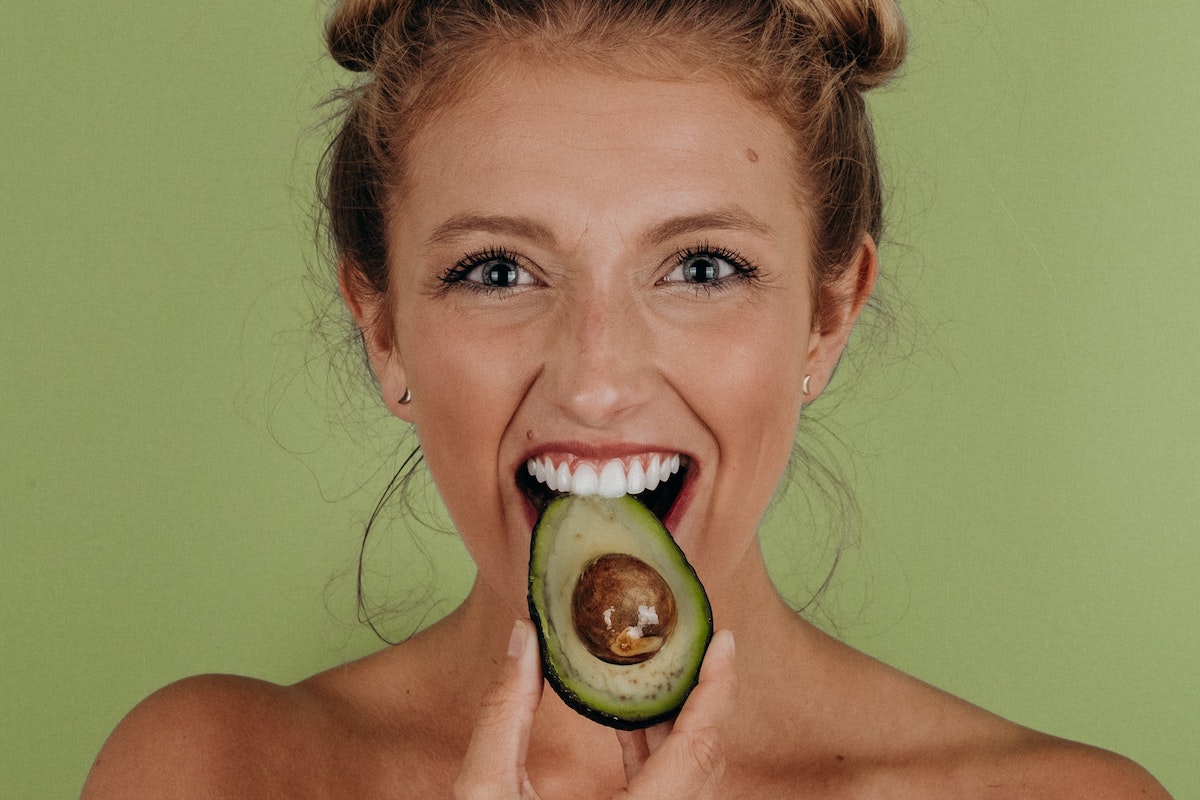
Newsletter Subscribe
Enter your email address below and subscribe to our newsletter

Enter your email address below and subscribe to our newsletter

Can you eat avocado skin? Technically, you can eat avocado skin, but they’re not particularly tasty. While rich in nutrients, avocado skins possess a coarse texture and an unpleasant, bitter taste.
We asked our dietician what is the healthiest part of an avocado, and Sarah Glinksi, RD, explained that the healthiest nutrients often reside in the skin or peel of many plant-based foods, including avocados.
To capitalize on the health benefits of avocado skins, there are methods to include them in your daily diet. This article will discuss reasons to consider eating avocado skins or if you should avoid eating them for safety reasons.
If you’re concerned about eating avocado skins, perhaps due to accidentally ingesting some, rest assured it’s safe, says our registered nutritionist, Sarah Glinski.
Although not typical, eating avocado skin is not harmful. The skin is an important part of avocados as it protects and prevents them from ripening too fast.
Avocado skin isn’t poisonous, but that doesn’t make eating enjoyable.
Unlike apple or peach peels, avocado skin is fibrous and thick, resembling thin tree bark. It’s also quite bitter and unappealing in taste.

Chewing it won’t be effective, but you can crush it with a mortar and pestle or blend it into a paste or powder. Alternatively, consider trying smooth-skinned varieties.
Avocado skin contains persin, a substance toxic to animals, particularly livestock.
The avocado’s outer layer, or exocarp, has many nutrients based on research by the University of California. Like all fruits, the outer flesh and skin store a wealth of vitamins, particularly antioxidants, phenols, and flavonoids. The darker the color, the higher the nutrient concentration.
The vibrant green color of avocados indicates the presence of chlorophyll, which promotes plant health and is believed to support human health as well.
As you might expect, the tough, leathery avocado skin is an excellent source of fiber, crucial for maintaining digestive health, gut hygiene, and weight control.

Depending on its dryness, the best way to eat avocado skin is by blending it into a powder or paste. Add it to smoothies, dips, dressings, or similar recipes.
You can microwave the avocado, but it’s best to use an oven for the skin to make it crispy.
Remember that the bitter taste of avocado skin may alter the flavor of your dish. Small, leathery pieces of skin might remain in your food or drink if not fully blended before use.
The benefit of avocado peel lies in its rich nutrient content. It is packed with antioxidants, phenols, flavonoids, and fiber, which can support digestion, heart health, and overall well-being.
With avocado skin, you can grind or blend it into a powder or paste and add it to smoothies, dips, dressings, or other recipes. This enables you to harness its nutritional benefits and incorporate it into your diet creatively.
Yes, you can peel an avocado and eat it raw. Simply remove the skin, slice or scoop out the flesh, and enjoy its creamy, buttery texture and delicious taste in salads, sandwiches, or on its own as a nutritious snack.